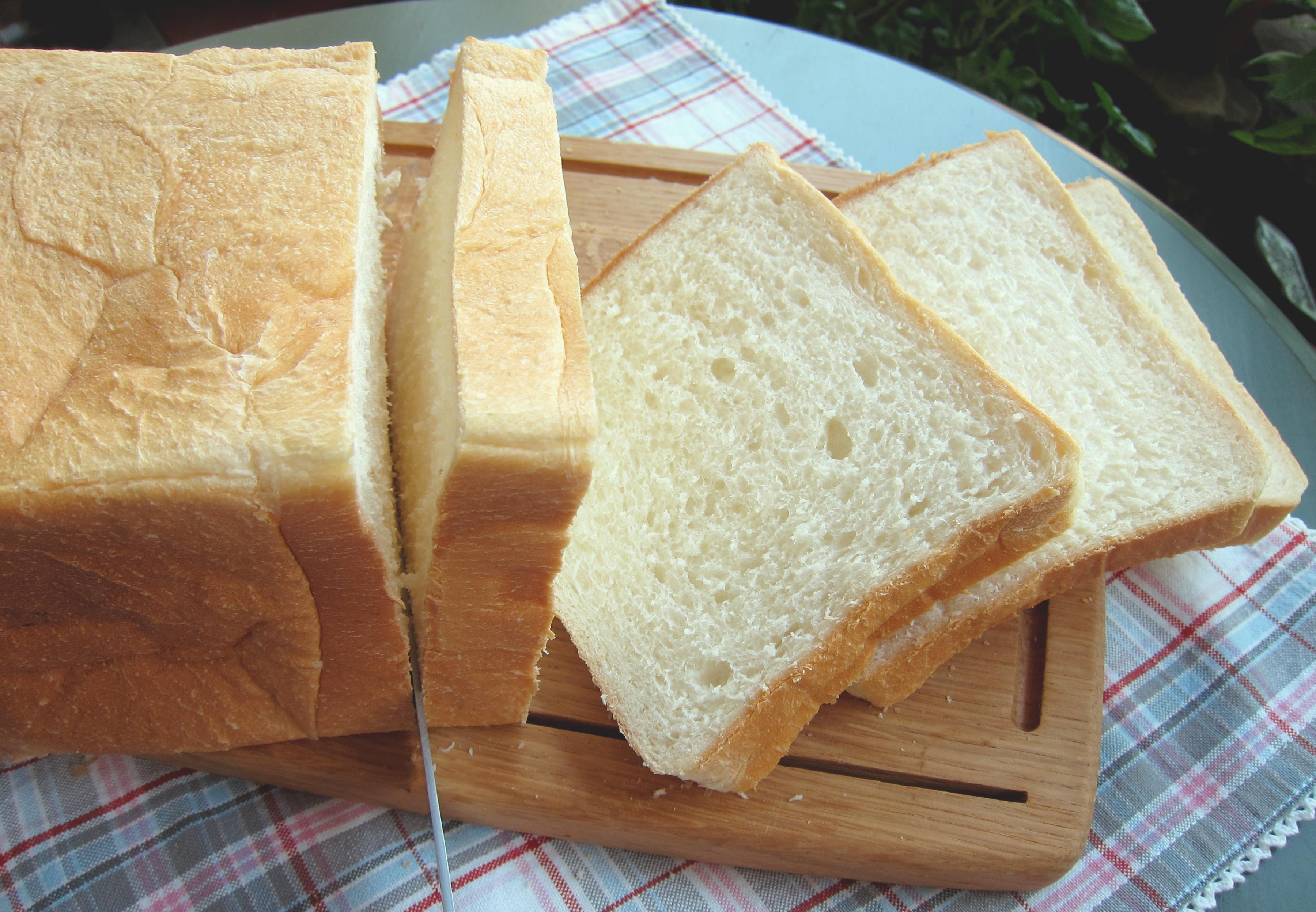Japan is generally regarded as being a rice-based food culture. However, bread — or pan in Japanese, derived from the Portuguese word pão — is eaten almost as widely. Many people prefer toast for breakfast over a bowl of rice, and sandwiches and filled sweet or savory breads called kashipan are just as popular for lunch as bentō and onigiri rice balls.
The most ubiquitous type of bread in Japan is the white and pillowy square-shaped bread called shokupan, which simply means "eating bread." Made of white flour, yeast, milk or milk powder, butter, salt and sugar, shokupan is both loved and taken for granted by most.
Others have mixed feelings about it: It is after all plain white sliced bread with a unremarkable soft crust. It has none of the heartiness of a rustic hearth-baked loaf with a crackling crust or the unrefined grain breads that are preferred these days in North America and Europe. While you can get bread like that in Japan too, you need to seek them out in artisanal bakeries or department-store food halls. Shokupan is still the go-to everyday bread that is sold everywhere from supermarkets to convenience stores. Every Japanese bakery, however fancy it is, makes shokupan, just as every French bakery makes plain white-flour baguettes.


















With your current subscription plan you can comment on stories. However, before writing your first comment, please create a display name in the Profile section of your subscriber account page.